EU - Concept and Taxability Rules for VAT on Digital Services and Electronically Supplied Services (ESS)

The digital revolution transformed the global economy, making electronically supplied services (ESS) an integral part of daily life. In the European Union (EU), the taxation of ESS has evolved to address the challenges posed by digital marketplaces and digital platforms.
This article reviews the most important regulations and their effect on businesses and consumers to make ESS's concept and taxability rules within the EU closer and easier to understand.
What is Meant by VAT on Digital Services and Electronically Supplied Services?
Under the EU VAT Directive, ESS or e-services are services delivered over the Internet or an electronic network heavily dependent on automated information technology and requiring little to no human intervention.
The ESS includes website services such as website supply, hosting, or maintenance. Other services that fall under the scope of this term include the supply of software services, e.g., Software as a Service (SaaS), and the supply of text, images, and databases, such as photos or e-books.
Additionally, the supply of music, films, and games, including games of chance and gambling, as well as political, cultural, artistic, sporting, scientific, and entertainment broadcasts and events, is also considered ESS. Finally, the supply of distance teaching, like online learning programs, also represents the ESS.
Identifying the Customer for VAT Digital Services
When identifying the customer for VAT digital services, the supplier must determine whether the customer is taxable or non-taxable. In addition to determining whether the customer is another business or an individual, other important factors that ESS suppliers must consider are the customer's location and whether they are located in or outside the EU.
The customer can be identified as another business if it delivers the VAT identification number to the ESS supplier. When the ESS supplier is unaware that the customer is another business, the customer may be treated as a non-taxable person, and the ESS supplier may charge VAT on the services supplied. However, a customer can, in a reasonable time, subsequently provide their VAT identification number to the ESS supplier, and the supplier can make corrections to their VAT return to provide correct information on the customer’s taxable status.
Depending on the type of transaction, B2B or B2C, and whether the customer is from the EU or outside the EU, there are different rules regarding the place of supply, the applicable VAT rate on digital services, and other VAT requirements and obligations.
Place of Supply Rules for VAT on Digital Services
The place of supply rules determines where a service is deemed supplied for VAT purposes and in which Member State (MS) the VAT is due. According to the EU VAT Directive, the general place of supply rule (general rule) is where the customer is established, has a permanent address, or usually resides.
Business to Business (B2B)
For B2B supply of ESS, the place of supply is where the customer is established, has a fixed establishment, or has a permanent address. In general, the place of supply state is the place where the business receiving the services is located. This applies whether the business customer is in the EU or not.
Business to Consumer (B2C)
Where an ESS supplier is involved in the B2C supply and the value of those supplies is less than EUR 10,000 in the current and preceding calendar year, the supplies are subject to domestic VAT. However, ESS suppliers can choose to register for VAT in the MS to which the supplies are made or use OSS and apply the general rule for VAT.
However, once the EUR 10,000 threshold is exceeded, ESS suppliers must apply the general rule, meaning that the VAT is due in the MS where the customer is located. From that moment, the ESS supplier must register for VAT in each MS individually or use a single registration through OSS.
Customer Location and Presumptions for VAT Digital Services
ESS suppliers should know their customers' locations to determine where the VAT is due and what VAT rate to apply. ESS are usually supplied remotely, so it can be difficult for the supplier to identify where the customer is.
Therefore, two main questions are how ESS suppliers can identify customers' locations and what evidence can be used to decide where the customer is.
How is the customer's location identified?
To simplify the rules for some ESS supplies, the supplier can make a “presumption” based on the information available about where the supply will be taxed. This presumption gives the ESS supplier legal certainty without imposing a significant burden on identifying the place of taxation. There are two types of presumptions:
Specific presumptions for customer location and
General presumptions for customer location.
Under specific presumptions, a supplier can assume that the customer is located where the service is being supplied and where the customer is present in person because the customer's physical presence is required for receiving that service. Examples include telephone booths, Wi-Fi hotspots, internet cafes, restaurants, hotel lobbies, and similar places.
When services are provided on board a ship, aircraft, or train engaged in passenger transport within the EU, the country where these services are supplied is considered the country of departure for that transport.
When no specific presumptions are possible, a general presumption allows ESS suppliers to identify the customer's location based on two items of non-contradictory evidence. Examples of evidence that can be used are:
Customer’s billing address;
IP address;
Bank details (location of bank);
Country code of SIM card;
Location of fixed landline;
Any other commercially relevant information, such as payment mechanisms or gift cards unique to specific Member States, information from third-party payment service providers, customer trading history details, etc.
Conclusion
Understanding the basic concepts of ESS, including the place of supply rules, customer identification, and the VAT obligations for both B2B and B2C transactions, is crucial for businesses. As the landscape evolves, staying informed about these regulations will ensure businesses navigate the tax implications effectively and avoid potential pitfalls.

Featured Insights

Angola’s E-Invoicing Mandate: Phased Implementation Continues Into 2026
🕝 December 10, 2025
VAT Deduction and Business Succession: When Do Advisory Costs Serve the Company’s Interest?
🕝 December 8, 2025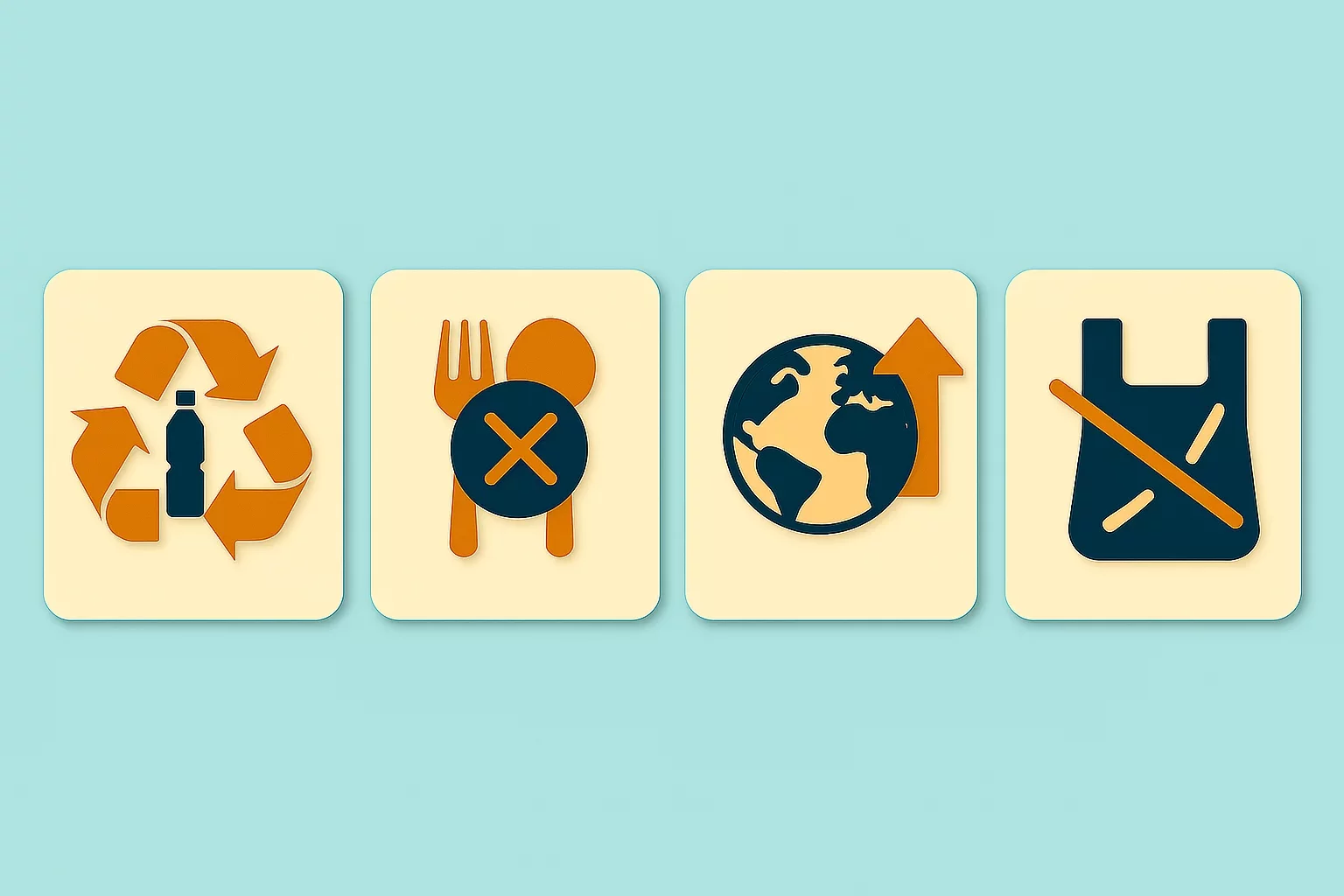
Europe’s Plastic Fiscal Shift: Why Italy’s Plastic Tax Now Starts in 2027
🕝 December 3, 2025
The Decline of Low-Value Import Exemptions: Closing Gaps in Cross-Border E-Commerce
🕝 November 20, 2025More News from Europe
Get real-time updates and developments from around the world, keeping you informed and prepared.
-e9lcpxl5nq.webp)

-7acdre0hop.webp)

-lcgcyghaer.webp)
-ol6mdkdowg.webp)
-aqdwtmzhkd.webp)

-njgdvdxe2u.webp)
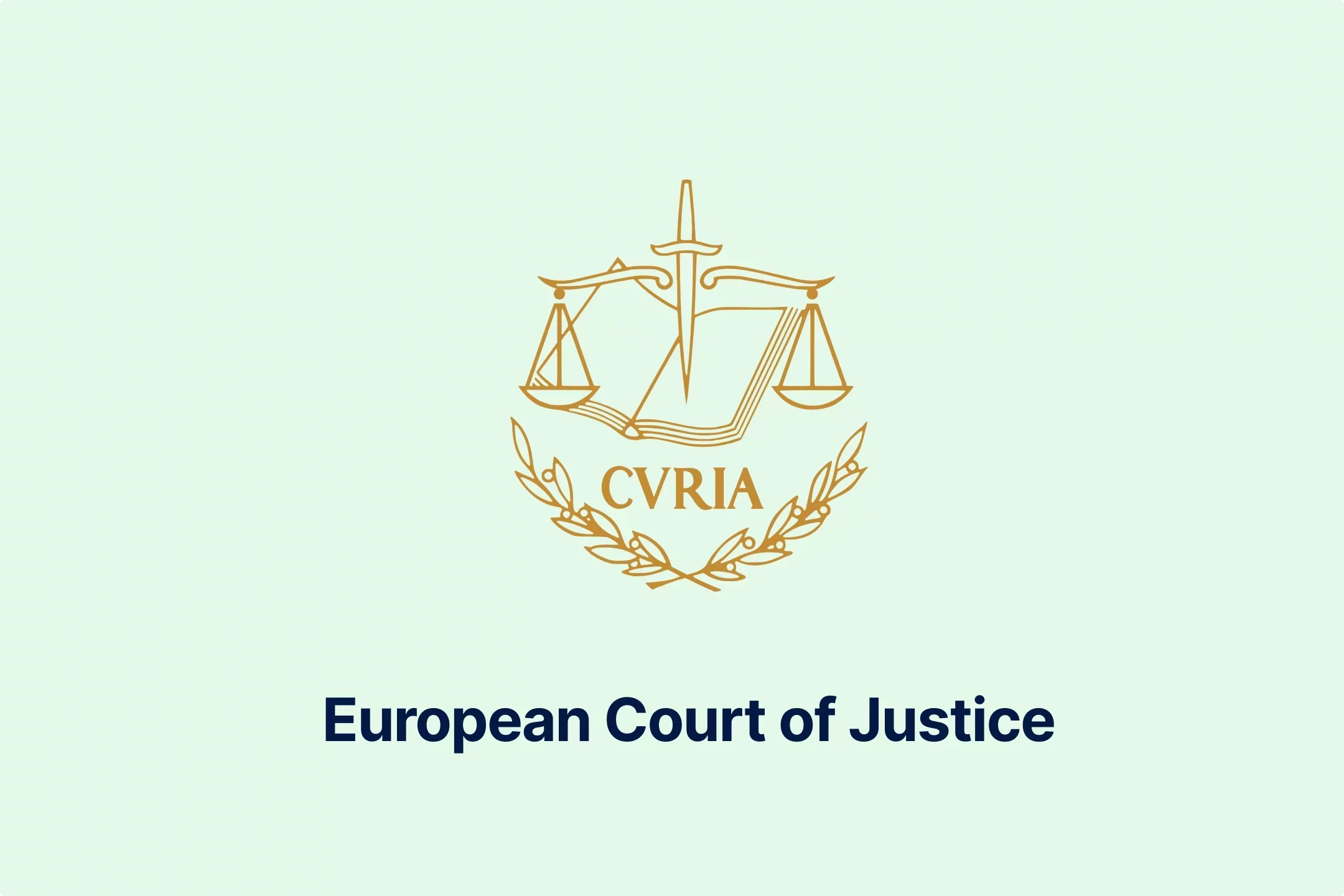

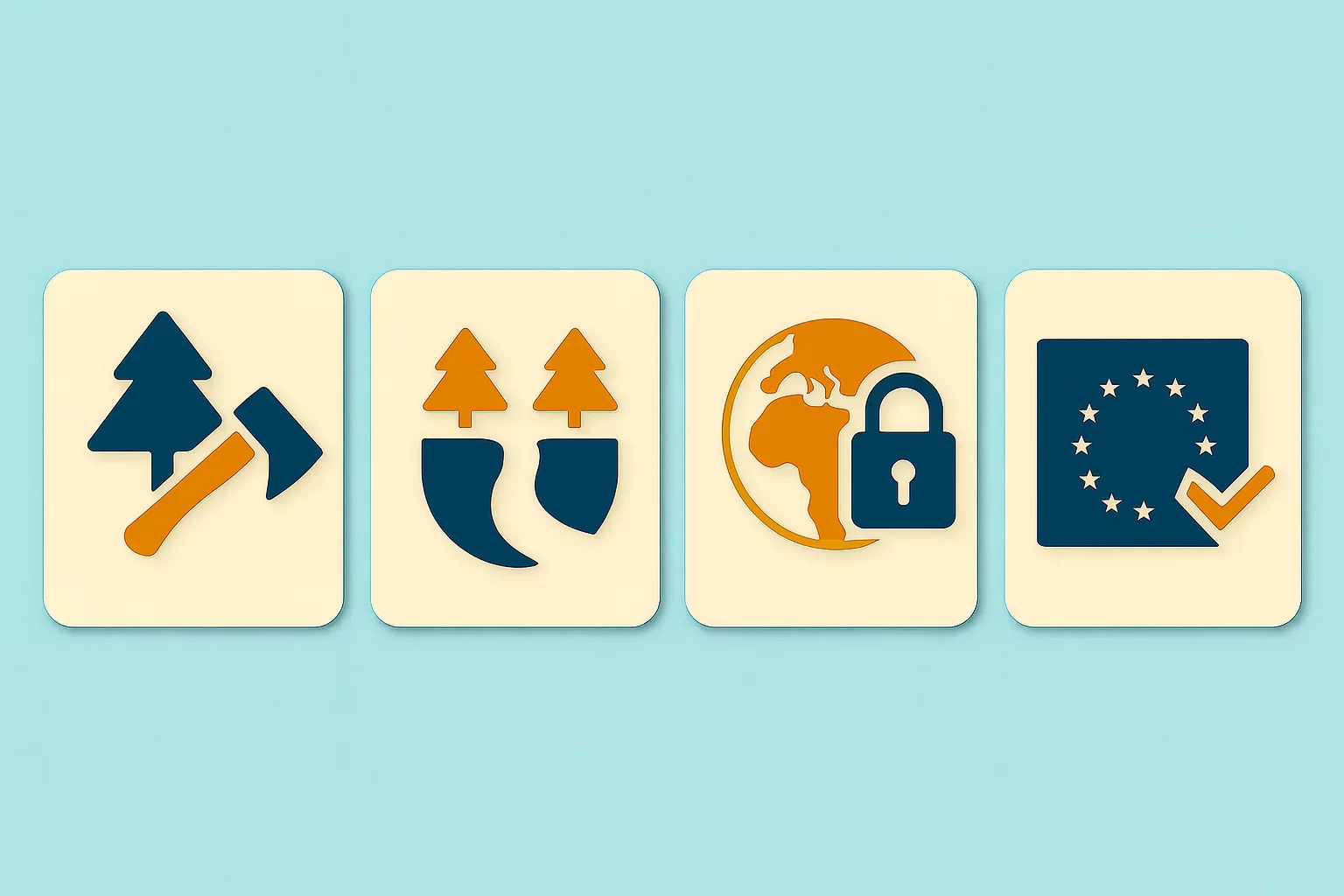
-i6rki3jbad.webp)
-hdwgtama05.webp)

-atbhy5fyxv.webp)




-zp2n6zixoa.webp)
-oa1ynbm4sn.webp)

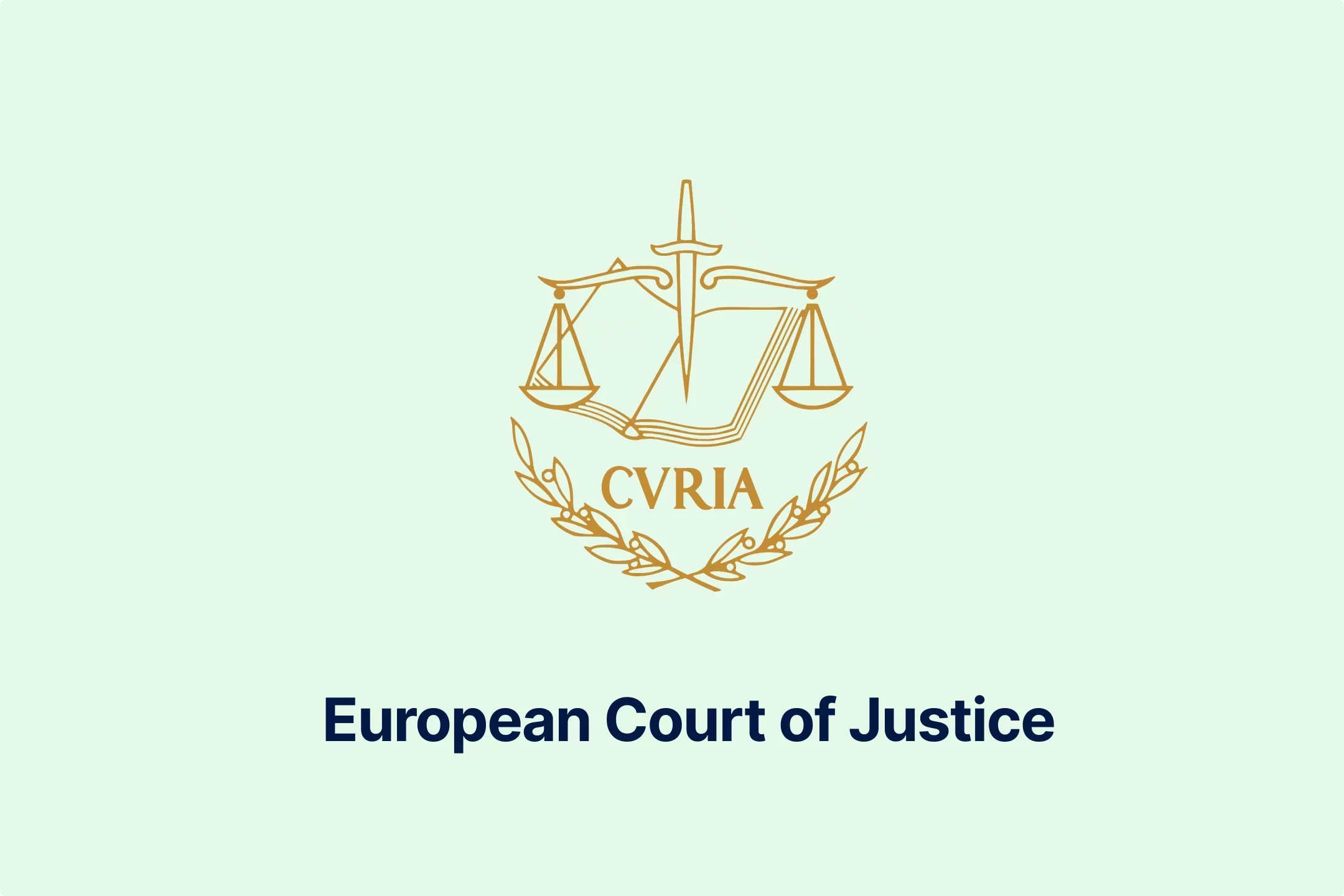
-lltkno6txy.webp)


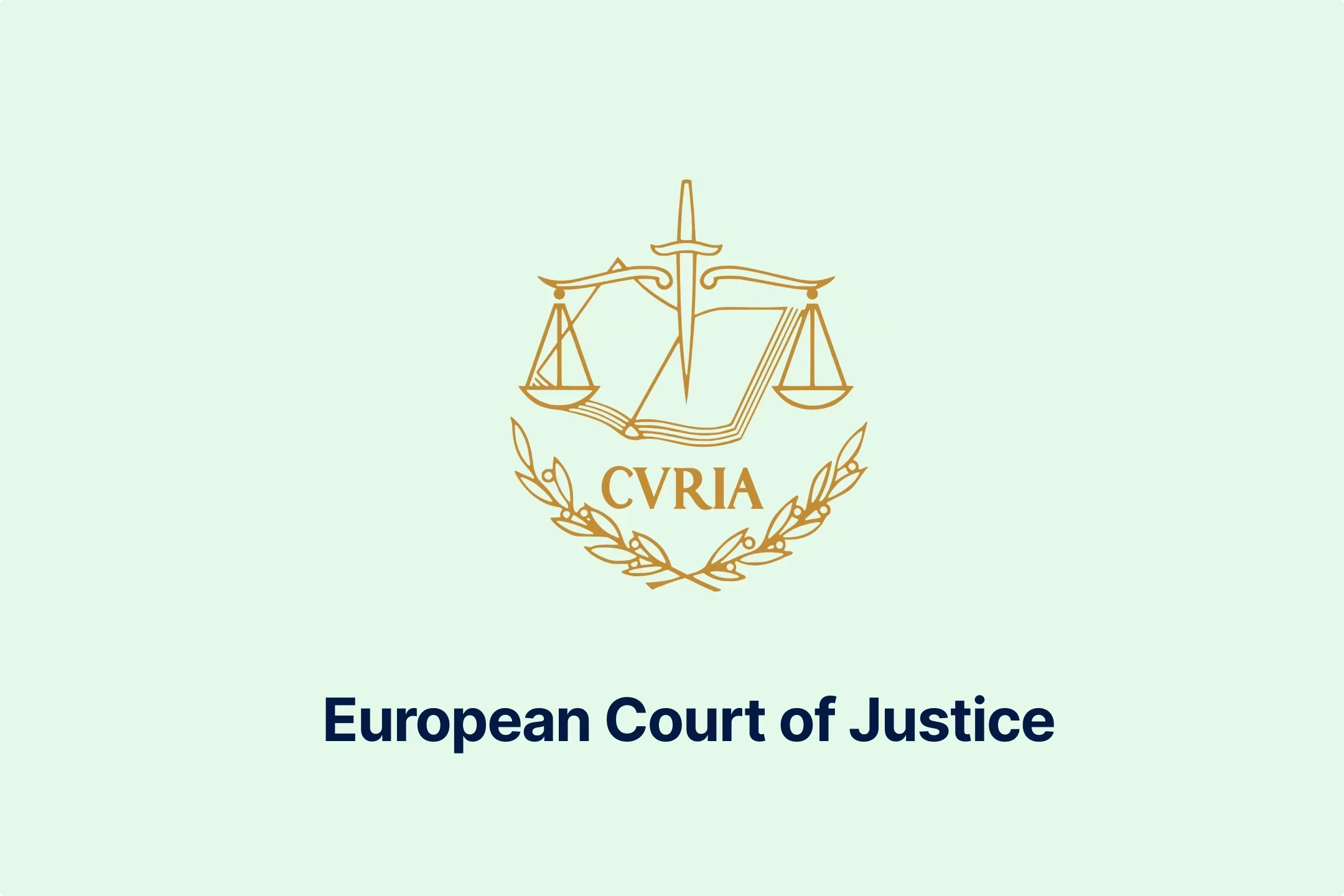
-do38odrqnq.webp)

-t409oldqzt.webp)
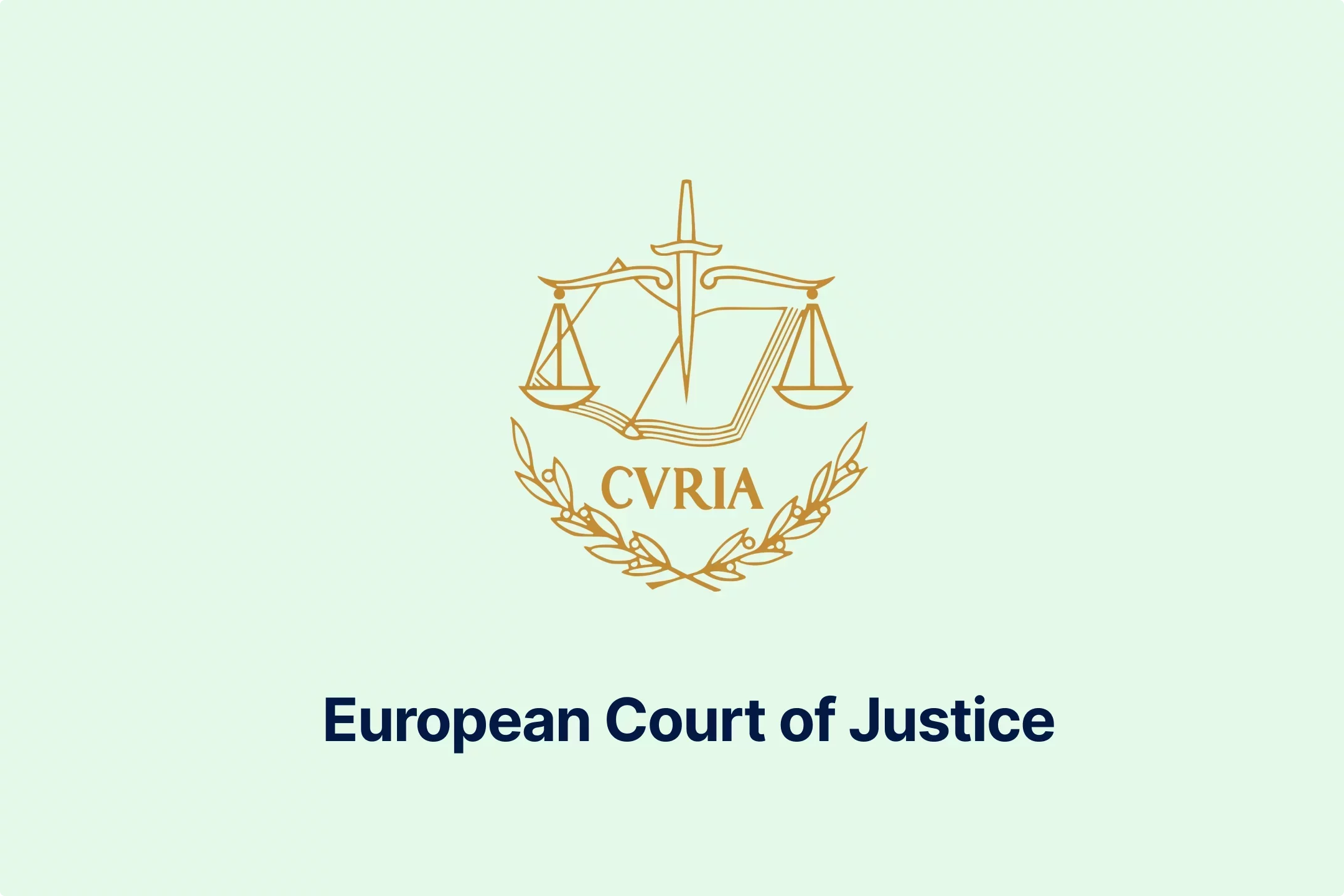
-hordopb6xh.webp)

-ooimnrbete.webp)

-lwb5qpsily.webp)


-eumafizrhm.webp)
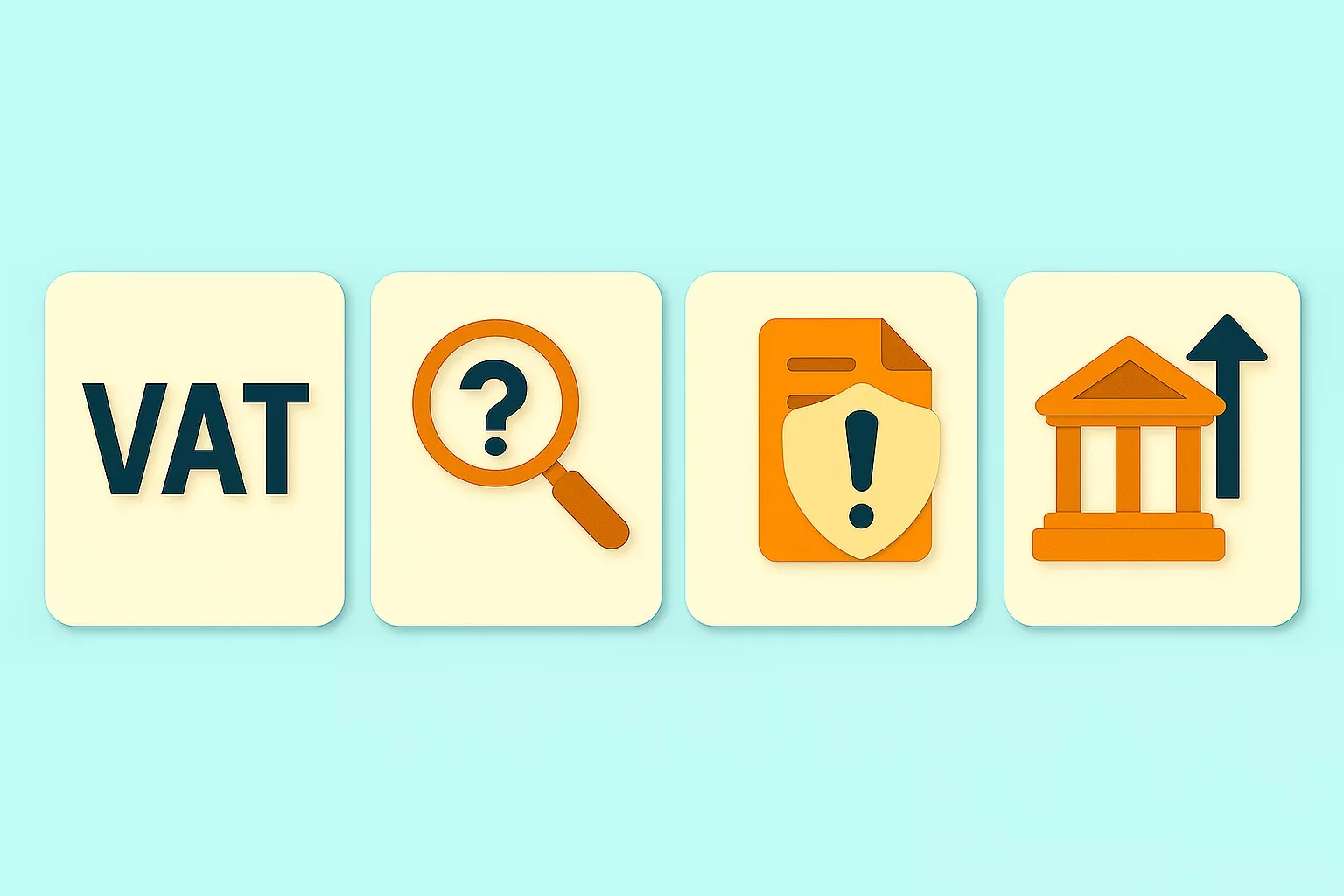
-mtqp3va9gb.webp)
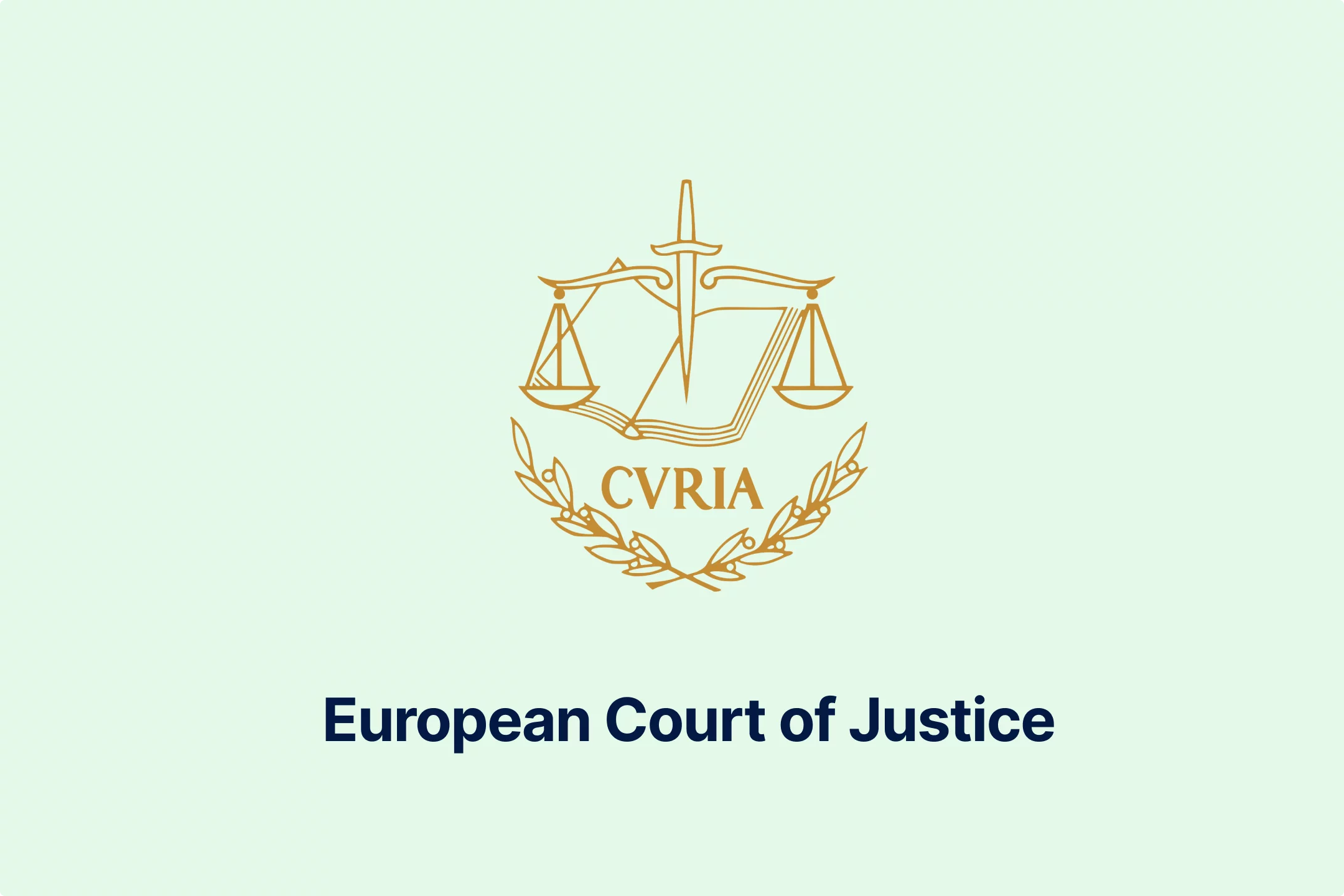
-3ewrn1yvfa.webp)
-591j35flz2.webp)
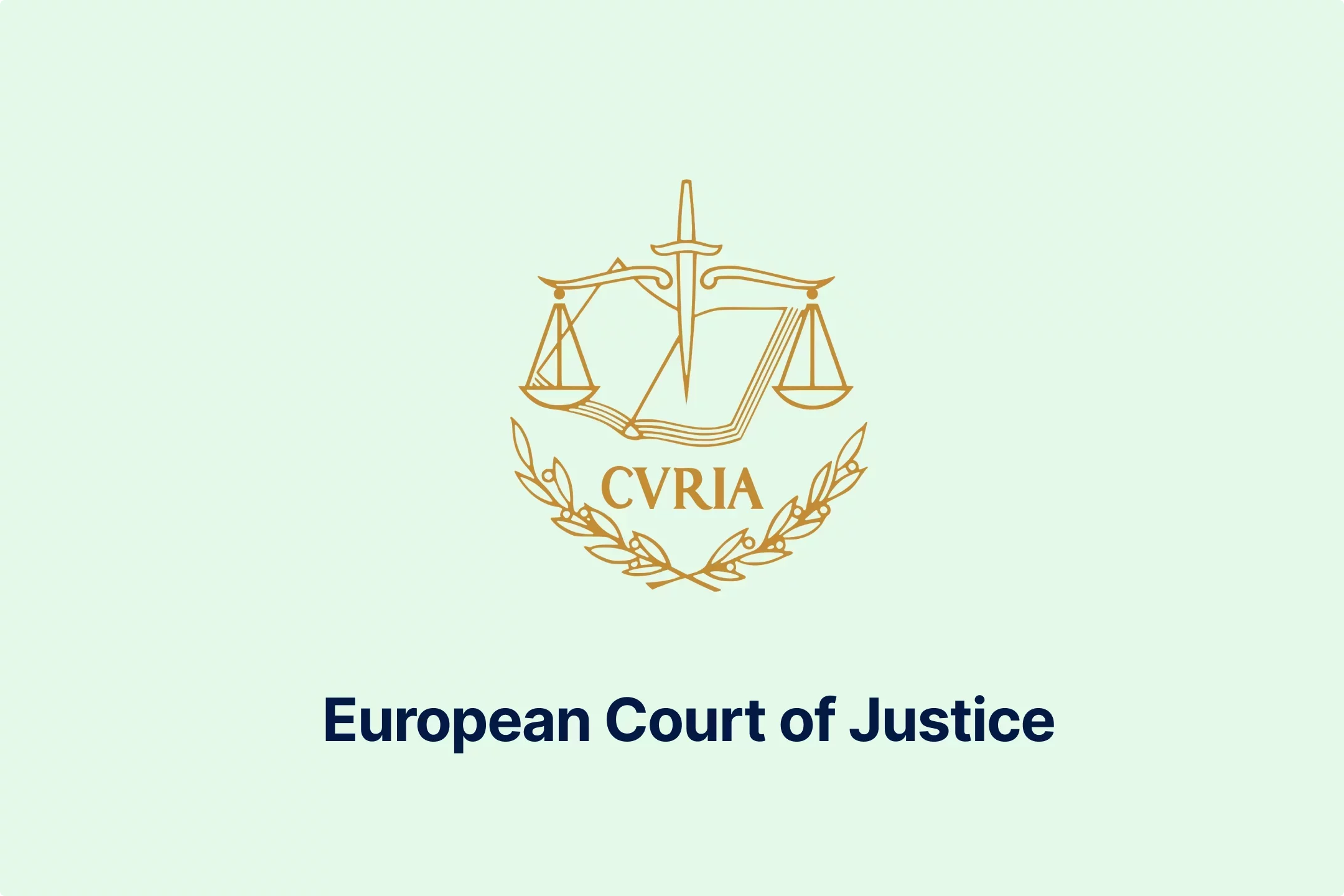
-huj3cam1de.webp)


-hafis0ii23.webp)

-qseaw5zmcy.webp)
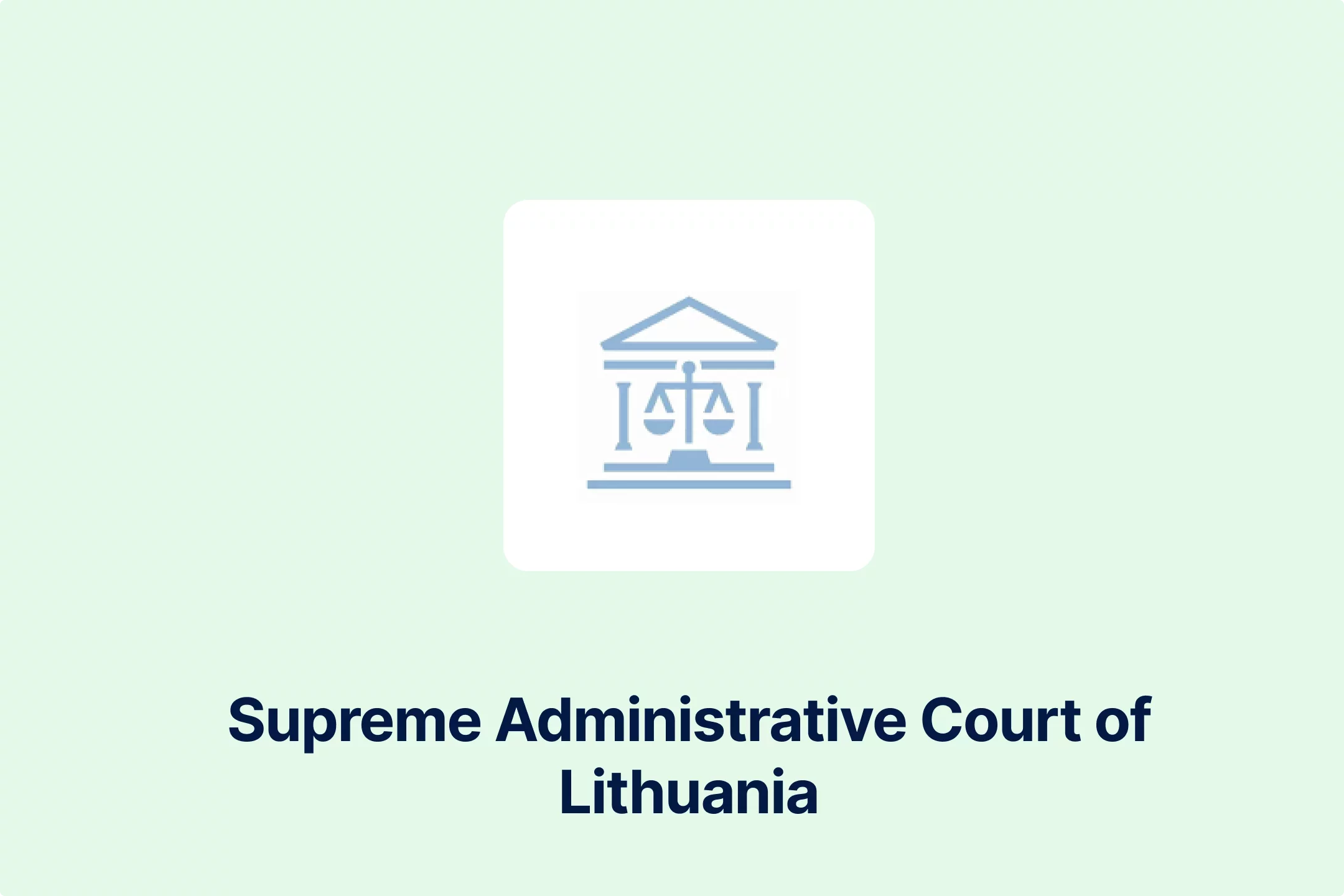


-qzsah2ifqx.webp)


-69rzooghib.webp)
-wrvng98m0g.webp)
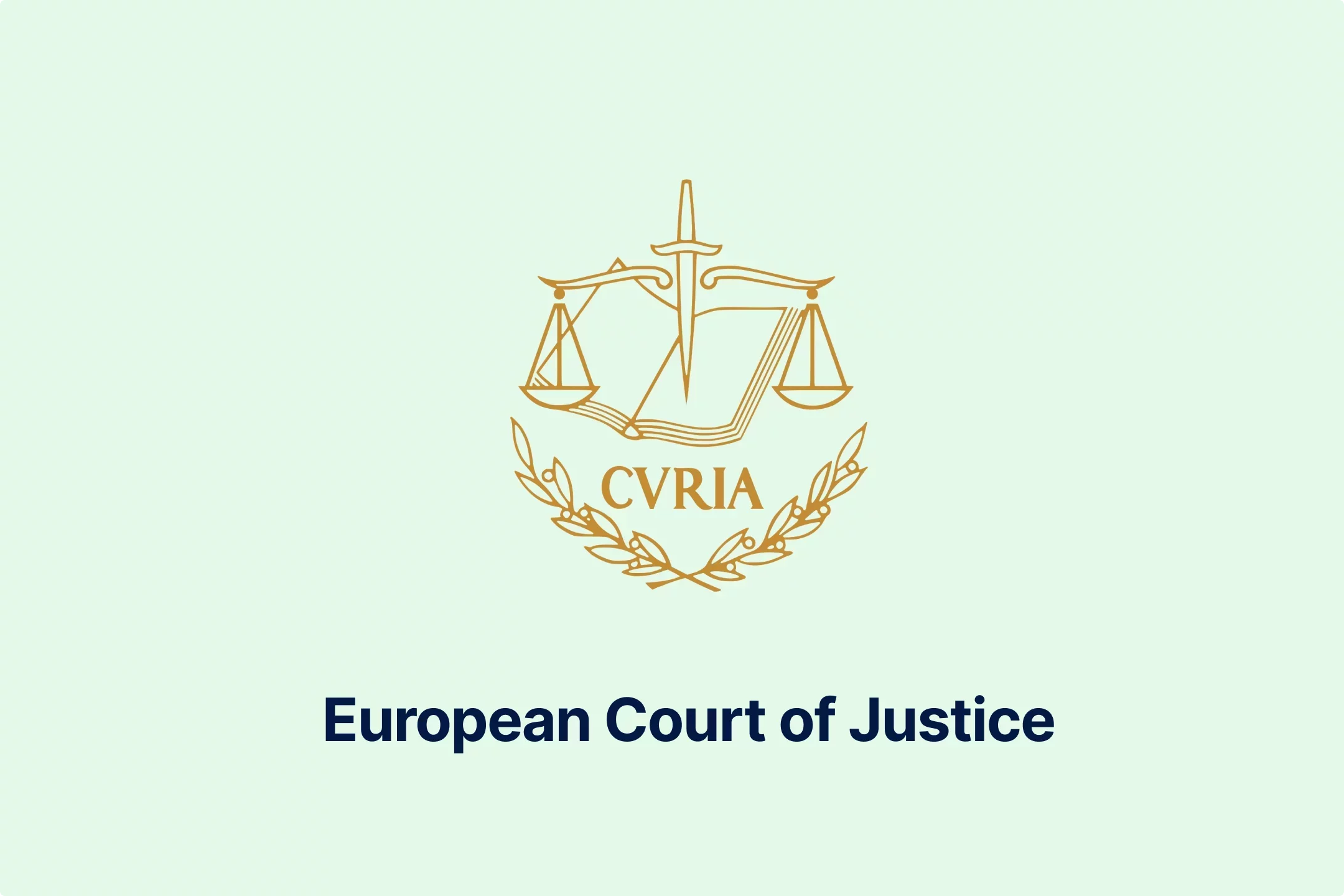
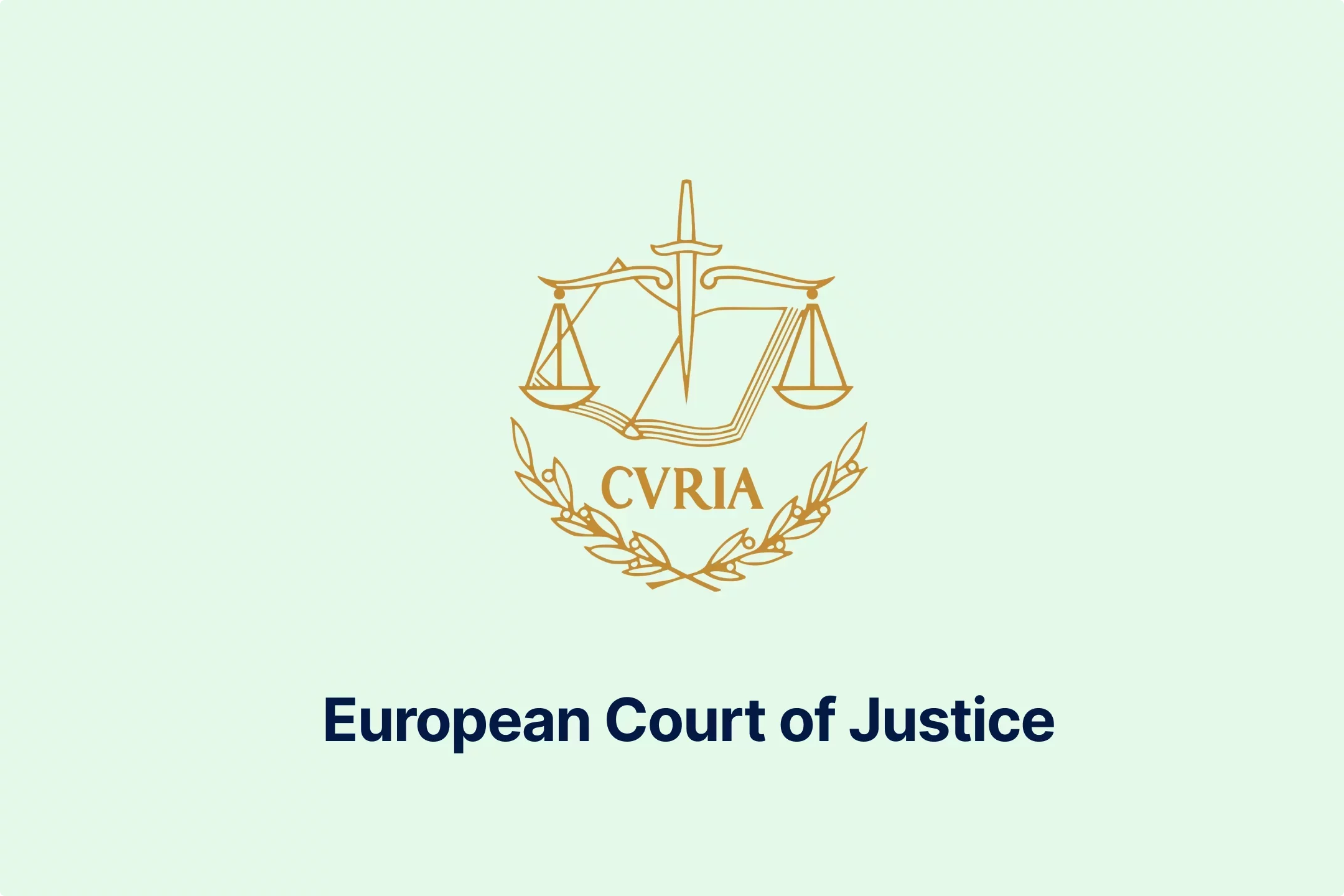
-psucycuxh2.webp)
-klyo8bn5lc.webp)



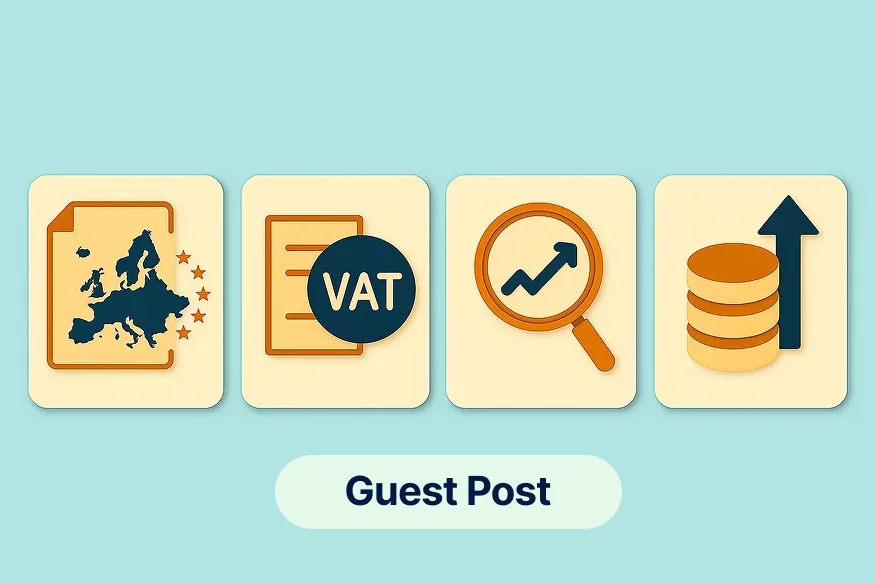
-6wv5h5eyyd.webp)
-tfgg78rbid.webp)
-a6jpv9ny8v.webp)
-qhdbapy0qr.webp)
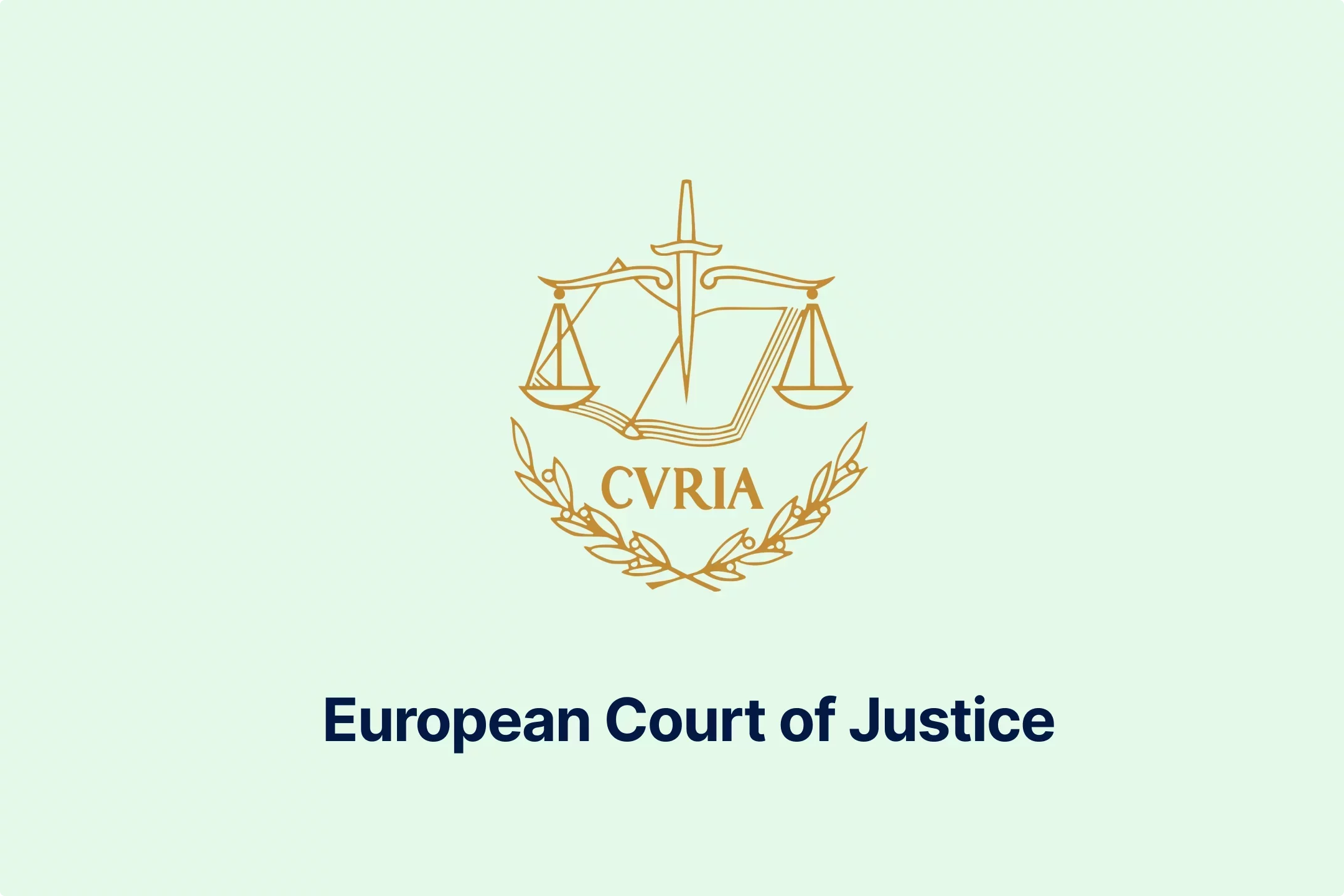

-owvu7zoc13.webp)

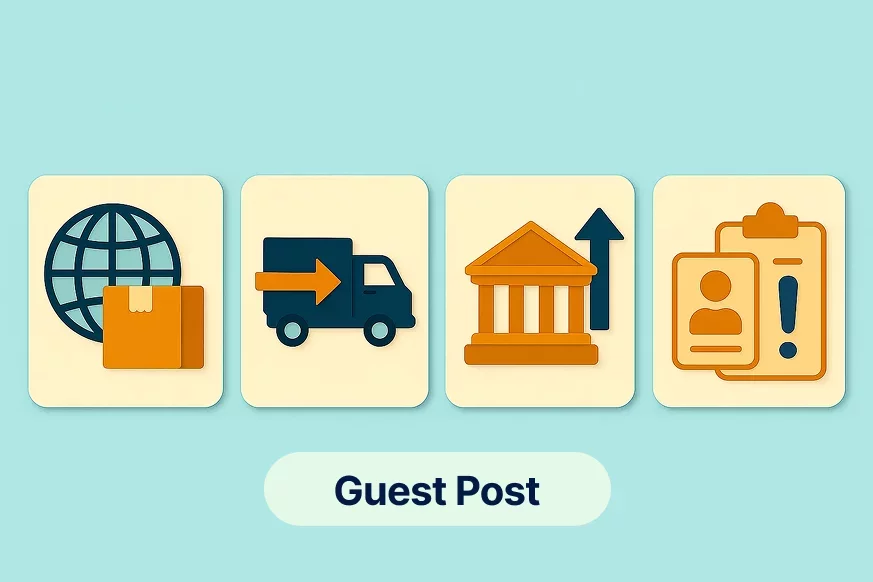
-h28jrh1ukm.webp)
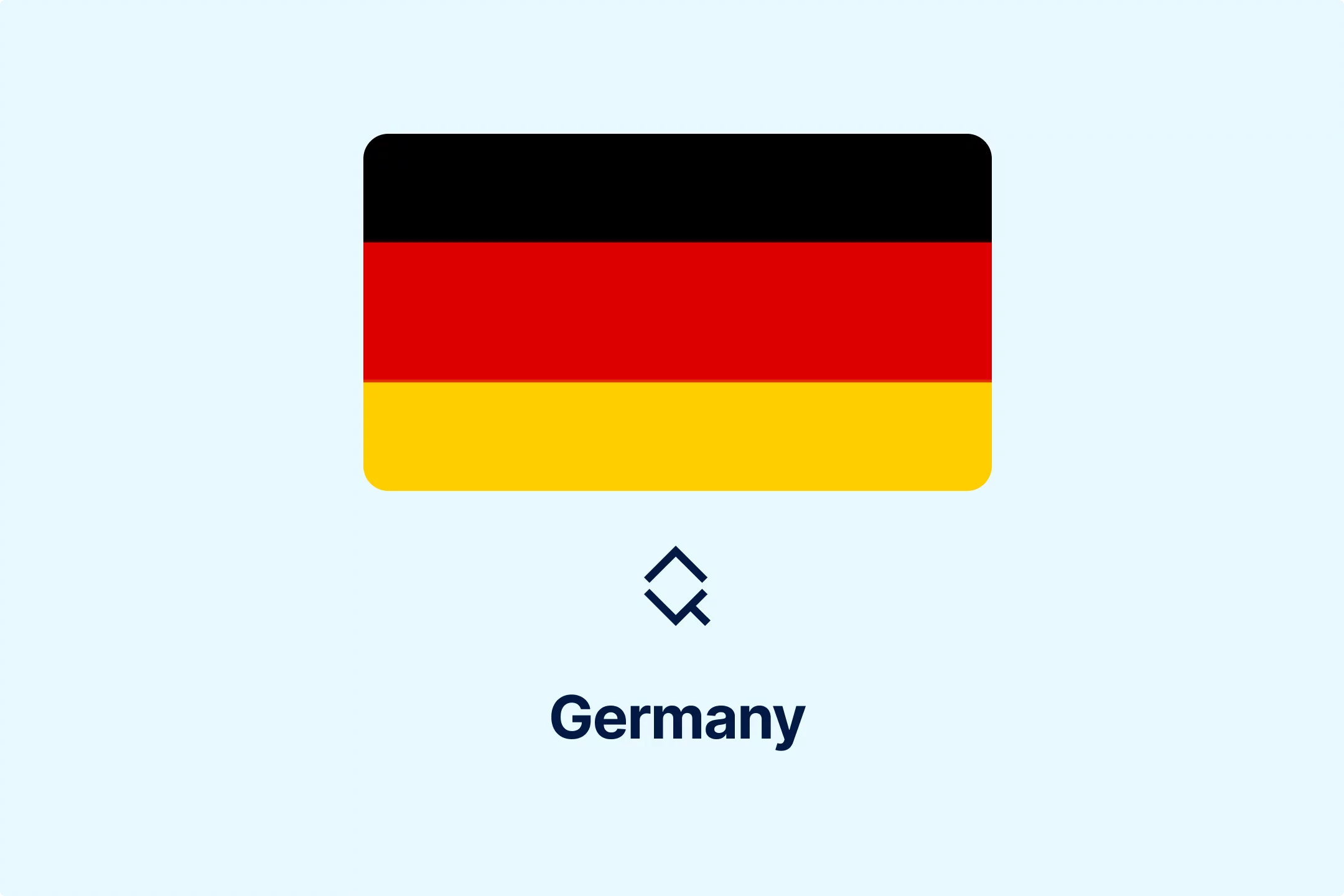
-wl9bl1rw3a.webp)
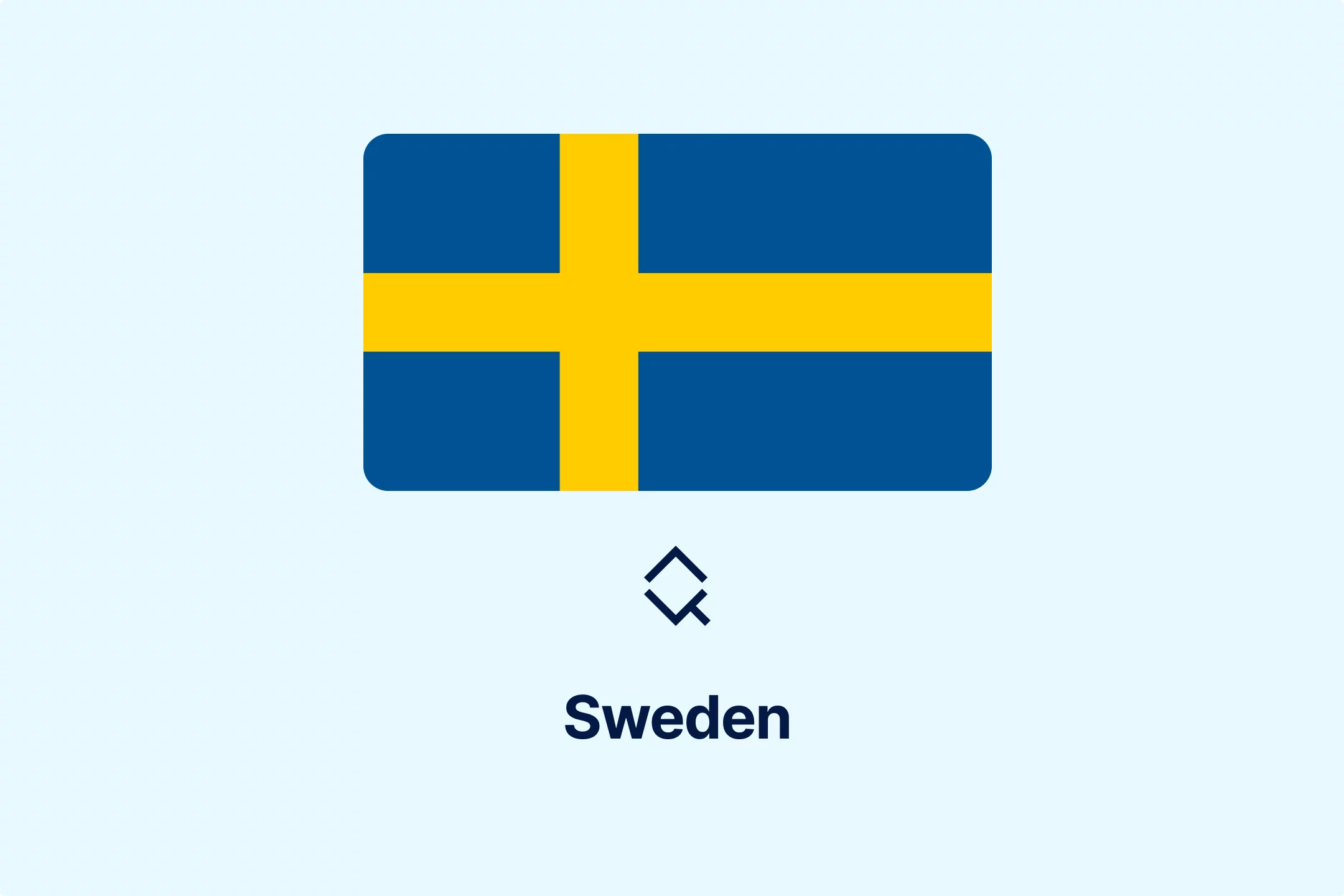
-2w76jtvtuk.webp)

-c0uvrmrq9j.webp)

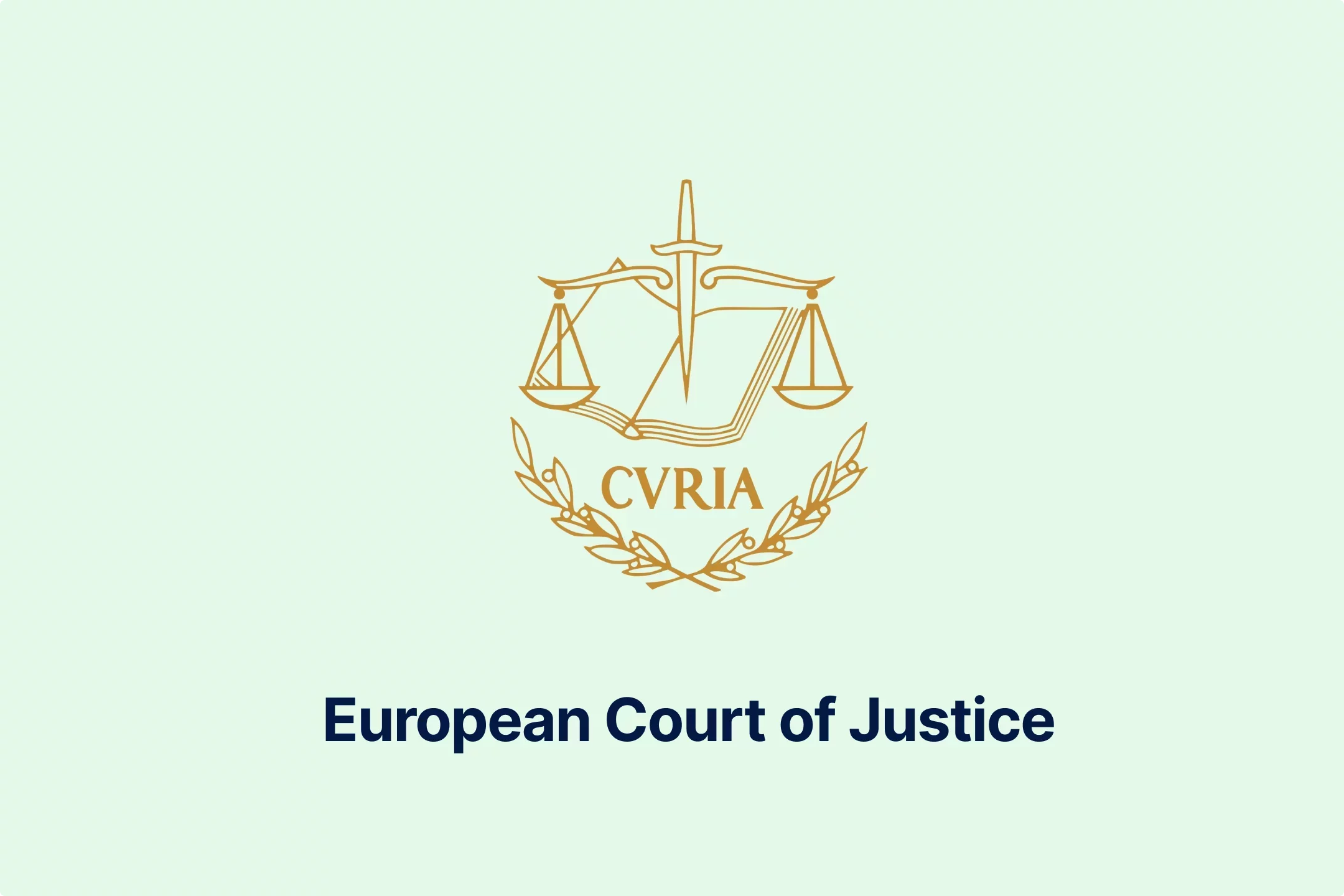

-pofe7ucwz3.webp)



-5cc23ezxyf.webp)
-rrmabbekeb.webp)
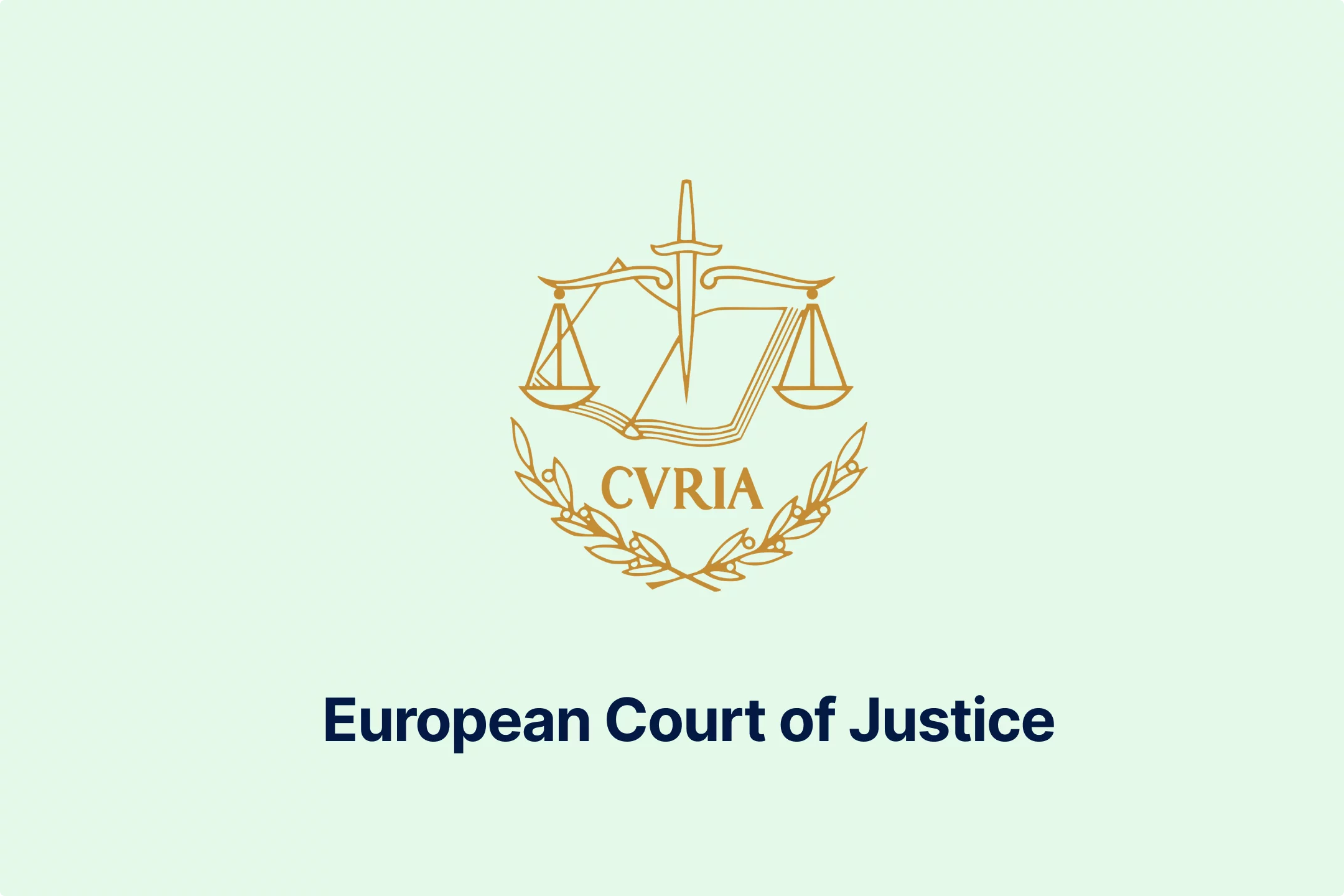


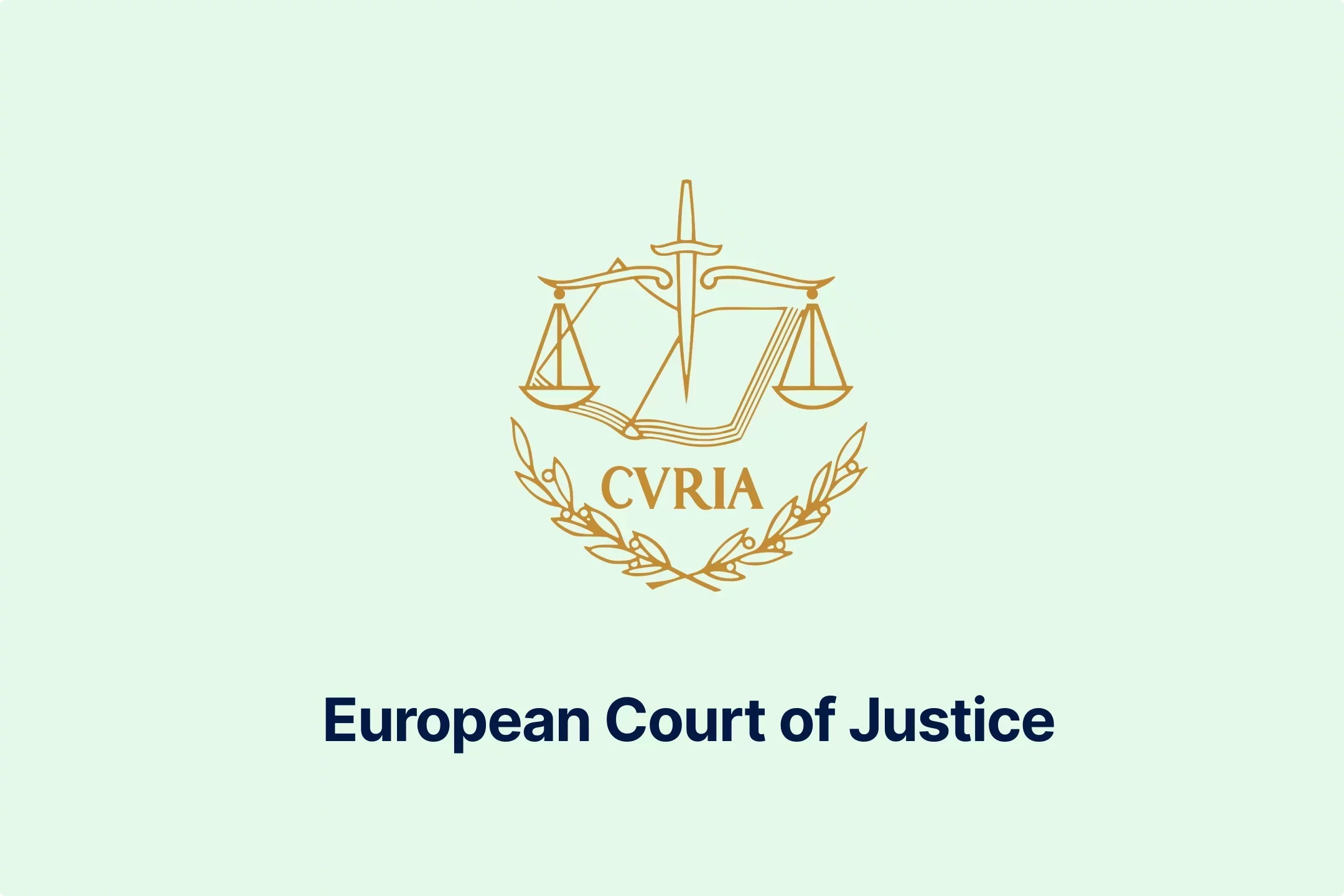




-iyyeiabtaf.webp)
-c8rbjkcs01.webp)
-nilkffjhah.webp)

-hikakq55ae.webp)

-z1d60bldtg.webp)
-d1a0q6n7mp.webp)
-viip8nvoeh.webp)
-bvv1otliox.webp)



-de8hdb1bn3.webp)
-7xsxxoypnx.webp)

-cm0opezg73.webp)
-0tovsdupmi.webp)
-subxdamdj6.webp)


-gly6ablwnh.webp)
-gkduqhwbzh.webp)
-qpe1ld9vcj.webp)
-8noukwsmba.webp)
-aka29tuhkt.webp)


-fisvs27yrp.webp)


-mp0jakanyb.webp)

-aivzsuryuq.webp)



-o7f4ogsy06.webp)

-zjja92wdje.webp)
-hrbhdts8ry.webp)
-qtdkwpgkug.webp)


-cf8ccgah0p.webp)
-0em3cif5s6.webp)





-ptzesl0kij.webp)

-tfzv42pyms.webp)






-uodv7sfbih.webp)
-bbrdfmm9qf.webp)



-m2tl8crfqr.webp)




-1awbqjgpjs.webp)
-avbjsn1k1g.webp)


-0h8ohkx6s0.webp)



-wfmqhtc7i6.webp)
-7wljbof2zo.webp)

-eqt97uyekl.webp)
-wzw9mcf563.webp)

-z4oxr6i0zd.webp)




-l0zcrrzvhb.webp)
-fhtic1pwml.webp)

-iipdguuz9p.webp)
-nkhhwrnggm.webp)
-pltqwerr3w.webp)

-nn6mtfbneq.webp)

-tmnklelfku.webp)



-8z1msbdibu.webp)
-7g16lgggrv.webp)



-lxcwgtzitc.webp)
-9mc55kqwtx.webp)


-xla7j3cxwz.webp)
-jrdryw2eil.webp)






-t9qr49xs2u.webp)


-qjopq5jplv.webp)



-vune1zdqex.webp)

-qsozqjwle2.webp)
-rgjta7iwiv.webp)

-zb6bxxws47.webp)
-lyfjzw4okp.webp)

-ogpfmol5m1.png)


-czisebympl.png)

-zetvivc79v.png)
-ud7ylvkade.png)
-qizq6w2v5z.png)







-ihr6b4mpo1.webp)
-k1j4au0ph6.webp)
-swxxcatugi.webp)


-ig9tutqopw.webp)

-tauoa6ziym.webp)

-spr0wydvvg.webp)

-xfuognajem.webp)





-u2nv5luoqc.webp)








-opuxpan2iu.webp)




-kwttsfd8ow.webp)
-8u14qi10nj.webp)

-wjpr96aq5g.webp)

.png)

.png)


.png)


.png)



.png)
.png)
.png)
.png)
.png)

.png)
.png)




.png)
.png)



































































































































